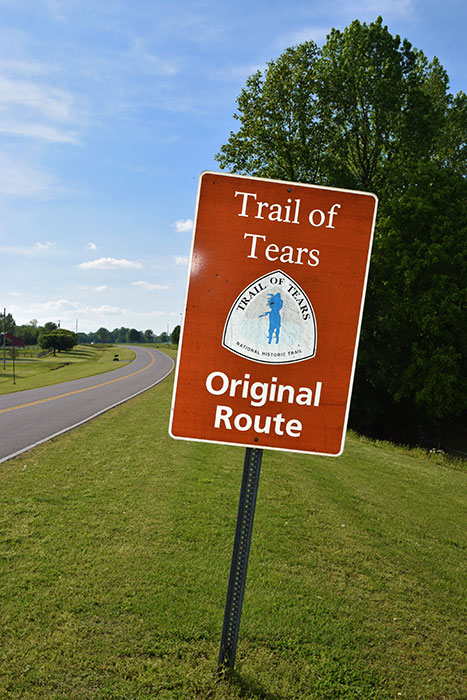The Trail of Tears is a significant chapter in American history that serves as a somber reminder of the forced relocation of Native Americans from their ancestral lands. As one of the key routes, Alabama played a significant role in this historical event. The Trail of Tears Alabama portion was primarily used to move the Cherokee, Choctaw, and Creek nations to the Western territories. It is essential to acknowledge the harrowing experiences of these tribes as we delve into the history and impact of the Trail of Tears in Alabama.
The Indian Removal Act and the Trail of Tears
In 1830, President Andrew Jackson signed the Indian Removal Act, which authorized the U.S. government to negotiate land exchange treaties with Native American tribes living east of the Mississippi River. The act aimed to move these tribes to lands further west to make room for European-American settlers.
Despite some tribal leaders’ resistance, they eventually succumbed to the pressure and signed treaties agreeing to give up their ancestral lands in exchange for lands in the West. The forced relocation resulted in the infamous Trail of Tears, a series of routes used to move the Cherokee, Choctaw, Chickasaw, Creek, and Seminole tribes from their homes in the Southeastern United States to present-day Oklahoma.
Alabama’s Role in the Trail of Tears
Alabama was a crucial state in the Trail of Tears, as it was home to several tribes, including the Cherokee, Choctaw, and Creek. The routes through Alabama were rife with challenges, including harsh weather, disease, and exhaustion, all contributing to the immense suffering of the Native Americans.
The Cherokee experienced one of the most devastating removals, with approximately 4,000 of the estimated 15,000 Cherokee dying during the journey. The majority of the Cherokee traveled on the Northern Route, which passed through Alabama, Tennessee, Kentucky, Illinois, Missouri, and Arkansas before reaching present-day Oklahoma. The notorious Benge Route, named after Cherokee conductor John Benge, passed directly through Alabama and is associated with significant loss and hardship.
The Choctaw, who resided mainly in Alabama and Mississippi, were the first tribe subjected to removal. In 1831, the Choctaw commenced their journey to Oklahoma, with nearly 15,000 people traveling on foot, in wagons, and on steamboats. It is estimated that approximately 2,500 Choctaw perished during the removal, primarily due to disease and exposure.
The Creek, who once inhabited Alabama and Georgia, were forcibly removed in 1836 after conflicts with settlers and the U.S. government. Over 20,000 Creek were marched westward, with roughly 3,500 dying during the relocation process.
Remembering the Trail of Tears in Alabama
Alabama has taken measures to preserve the memory of the Trail of Tears and educate the public about this significant event in American history. The Trail of Tears National Historic Trail, established in 1987, retraces the paths taken by the Native Americans during their forced relocation. In Alabama, several landmarks, museums, and interpretive centers honor the memory of those who suffered during this dark period.
The Trail of Tears Commemorative Park in Fort Payne, Alabama, features an annual event to honor the memory of the Cherokee and other tribes affected by the forced removal. The park contains a walking trail, interpretive signage, and commemorative monuments to provide a space for reflection and education.
The Trail of Tears in Alabama is a solemn reminder of the atrocities committed against Native Americans in the name of westward expansion. As we remember the suffering and resilience of the Cherokee, Choctaw, and Creek tribes, it is vital to learn from the past and strive for a more just and compassionate future.






